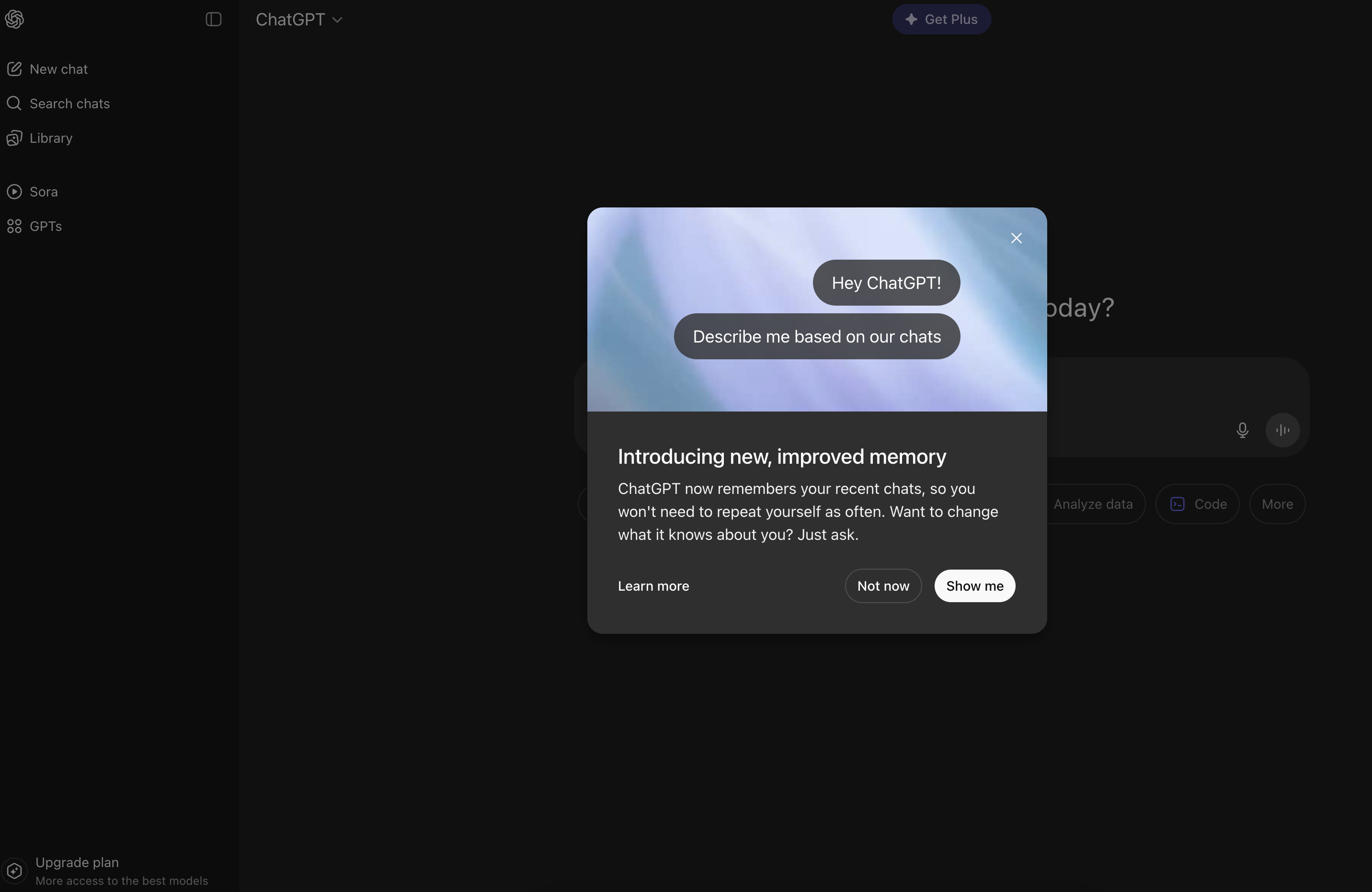
If you’ve ever used ChatGPT’s free tier, chances are you’ve seen one of those clean, subtle, yet compelling little popups inviting you to “Try GPT-4” or “Upgrade to Plus.” These aren’t just random nudges—they’re high-converting, in-product upsell strategies designed to meet users in the moment of peak curiosity or friction.
Let’s break down what makes these in-app popups so powerful, why they work, and how more B2B SaaS companies should borrow this playbook.
OpenAI doesn’t blast users with irrelevant upgrade prompts. Instead, it uses strategically placed in-product popups at moments of clear intent:
These moments aren’t just chosen for visibility—they’re chosen because they reflect user pain or desire. That’s key to conversion.
Reported Conversion Rate: ~12-15%
While OpenAI doesn’t publish an official conversion rate for every experiment, various leaked internal metrics and industry analysis estimate ChatGPT’s Plus subscription upsell conversion rate from in-product prompts sits between 12–15%—massively above typical email or landing page conversion rates (which often hover around 1–3%).
For B2B SaaS companies—especially those with free trials, freemium models, or complex feature sets—in-product popups are a goldmine for:
Adding intelligent popups—powered by usage data or AI—can change the game. With tools like Upvert.io, even non-technical teams can spin up and deploy in-product popups in minutes, with templates that feel like Canva for product marketing.
ChatGPT’s subscription upsell engine runs on a simple principle: meet people where they are, when they care most.
If one of the world’s most advanced AI tools still needs popups to drive revenue, your B2B company shouldn’t shy away from them either. The right popup, shown at the right time, can be the most effective salesperson you’ve got.
Want to try building your own in-product popup in under 5 minutes? Start free with Upvert — no dev team required.
Create no code popups and start increasing your B2B conversions by 15-22% on your website and turn your product in a high performing revenue channel